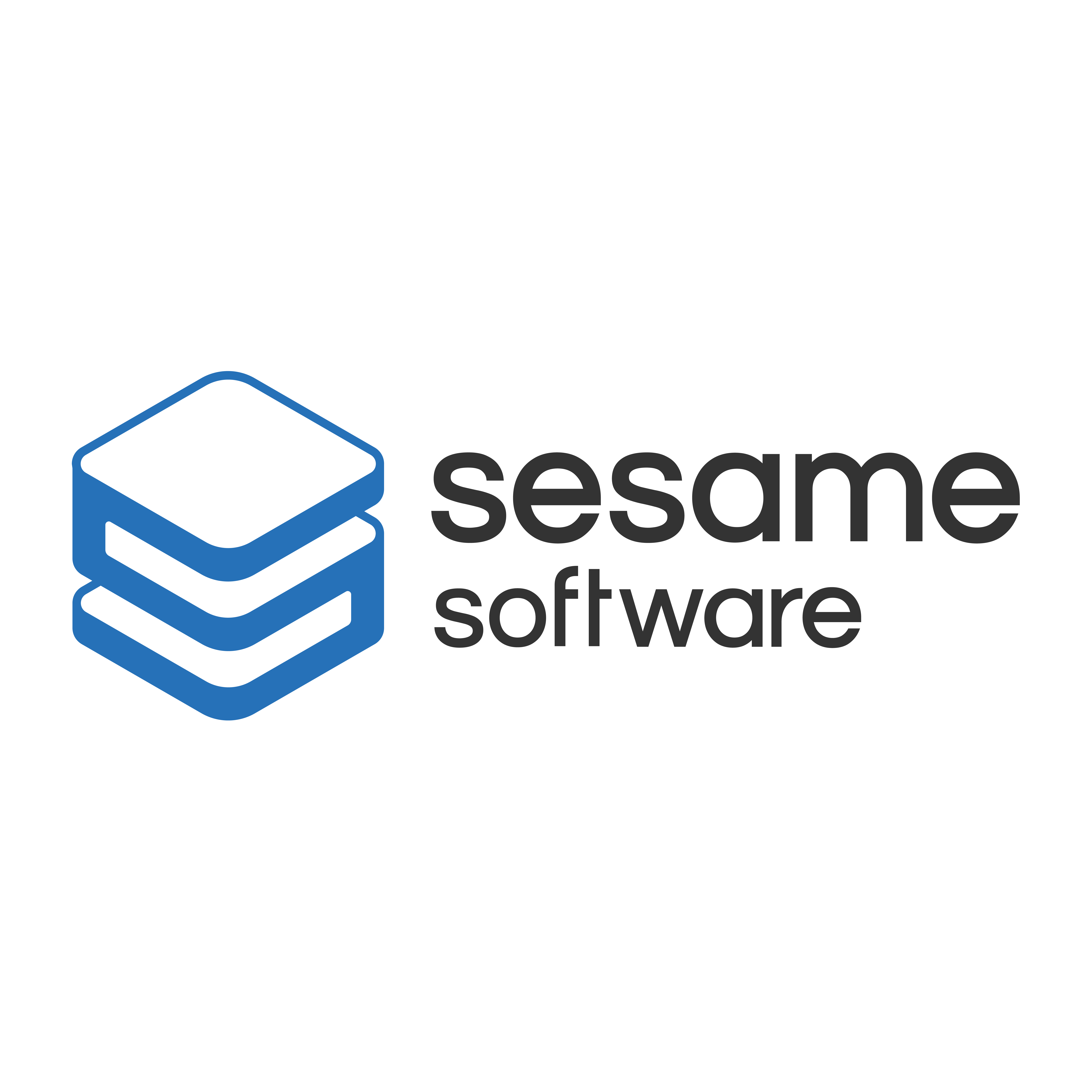Data replication holds a number of advantages when applied to a data integration strategy for cloud-based data warehousing solutions such as Snowflake. But first – what are the benefits of cloud-based data warehousing?
Why Cloud-based Data Warehousing?
Cloud-based data warehousing offers growing businesses incredible potential in scalability, performance, and flexibility. The popular Snowflake data warehousing solution offers a “built for the cloud” architecture. This architecture scales with the volume of data, amount of users, and amount of workloads running concurrently, without seeing a degradation in performance.
As cloud-based warehousing becomes more common, Legacy systems are getting replaced. With their limitations in elasticity, scalability, and cumbersome maintenance requirements, a seamless data integration strategy becomes all the more important. So, what is the most effective method to get data to and from the Snowflake cloud platform?
The Limitations of ETL (and ELT)
Standard marketplace data integration solutions employ ETL technology in order to integrate business data with cloud data warehouses. The technology consists of Extracting (E) the data from a specified source, Transforming (T) the data using conversion methods, and then Loading (L) the transformed data into the target platform. ELT technology employs the same concepts but instead of transforming the data before, it transforms after it has been loaded. So, what does all of this mean?
While ETL and ELT are both powerful tools, when used as standalone integration solutions, they can present their own problems. Transform technology, or the “T” in ETL and ELT, can be costly and time-consuming. Transforming data requires extensive data mapping and modeling, making it vulnerable to human error. What’s more, structural changes can make it fragile and prone to breaking, thereby requiring consistent maintenance. When using these methods alone, integrating disparate data to the cloud, from different sources in different formats, can take weeks.
Data Replication with Snowflake – an Effortless Solution for Integration
Sesame Software’s data management solution enables organizations to replicate and integrate business data with Snowflake (and a wide range of SaaS applications and databases), in just minutes. Sesame Software removes the transform component altogether and instead replicates the data. This solution programmatically recreates the structure directly from the source system. With Sesame Software, customers are provided with an exact copy of their data, bypassing the need for hours of costly work in data mapping and modeling. Using automated data replication syncs, your data and schema are always accurate, eliminating the need for maintenance projects. Sesame Software dramatically reduces upfront costs for organizations, fast-tracking time to production, with savings growing year after year.
With just a simple click-and-load deployment, Sesame Software can build a fully automated data warehouse and start replicating and moving data straightaway. Multi-threaded technology ensures rapid data replication. This enables users to ingest and move large amounts of data at the fastest possible speed.
Making the Most of Your Data
At the end of the day, what an organization does with its data is key. Getting caught up in lengthy warehouse and integration projects can adversely affect critical business decisions and result in missed opportunities and a lack of insight. By applying data replication technology when building a data integration strategy, Sesame Software users can skip the projects, and focus on insights.
To learn how Sesame Software can streamline your Snowflake data integration project, request a demo today!


